Winged loosestrife, while closely related to the invasive purple loosestrife, looks nothing like its cousin. In fact, I’m not sure why anyone would think the two could ever be confused. That being said, this species, although globally secure, is considered critically imperiled in Pennsylvania. It’s endemic to wetlands (though is very easy to grow in a moist garden bed, as seen in the main photo). The invasive purple loosestrife is largely responsible for outcompeting our native species. The number one identifying feature on this species are the winged, hairless stems (invasive species has hairy stems and no wings).
At time of listing, I only have five available that I think are ready to be planted out, with many more that are taking their time growing. This species is a bit finicky when grown from seed, the seedlings struggling a bit in their first year. Most of the time it’s better to grow them in a seed bed and allow them to self-sow, transplanting the seedlings once they’re a bit larger. I don’t currently have this kind of set-up, so they grew in an old-fashioned winter-sown flat.
Find winged loosestrife in the wild
Although Lythrum alatum var. alatum has a slight tolerance for shade it is nearly always found in open conditions with plenty of available sunlight (Weakley et al. 2024). The species favors permanently wet or moist soils. Typical habitats include prairies, fens, wet meadows or fields, marshy shores, and swamp margins at elevations of 50–1500 meters above sea level (Robertson 1892, Pammel 1898, Turner 1934, Parlin 1946, Partch 1962, Blackwell 1970, Hough 1983, Kaul and Rolfsmeier 1987, Steinauer et al. 1996, Rhoads and Block 2007, Burton and Uzarski 2009, Graham 2022, Koenig and Lawrence 2024, NJNHP 2024). In buffalo wallows or other low spots in prairies, L. alatum can sometimes be found in sites that function as ephemeral ponds (Tryon and Easterly 1975, Collins and Uno 1983). In standing water the plants produce an extra layer of corky tissue at the base of their stems to permit continuous air flow to the roots, and they often Lythrum alatum var. alatum Rare Plant Profile, Page 6 of 19 grow taller as well (Lempe et al. 2001, Mahady 2024). An unusual habitat was reported in Missouri: L. alatum var. alatum was found in sandstone glades where structural modifications resulting from intermittent streams had created temporary pools (Hays 1995). Winged Loosestrife appears to do best in neutral to slightly acidic soils. The species is tolerant of salinity at low concentrations (up to 7.5 ppt) but stunted growth can result from excessively alkaline or saline conditions (Pearson and Leoschke 1992, Baum 2022, Mahady 2024). Lythrum alatum has been found in a number of anthropogenic habitats including ditches, reservoir shores, abandoned agricultural fields, cemeteries, and utility right-of-ways (Goodman et al. 1967, Hough
1983, Betz and Lamp 1989, Rhoads and Block 2007, Whitsitt and Tappe 2009, Wagner et al. 2014). Various historical New Jersey habitats were described as a pond, a boggy meadow, a thicket, a swamp, and a limestone swale. Other collection sites in the state were identified as a sand pit, a rubbish dump, and a water feature on a golf course (Mid-Atlantic Herbaria 2025). Source
Grow winged loosestrife in your garden
I planted this species in my garden a few years ago in a flowerbed that is well mulched, high in organic matter, and never seems to completely dry out. I have a number of other moisture-loving species in this bed, including New York ironweed (Vernonia noveboracensis), pink coreopsis (Coreopsis rosea), Jack-in-the-pulpit (Arisaema triphyllum), sweetgrass (Hierochloe odorata), and leatherflower (Clematis viorna), among others. The lighting is part sun, due to being partly shaded out through out the day by a number of trees and shrubs, but gets an hour or two here and there as the sun passes.
I’ve found it to be a very reliable, easy-to-grow species with minimal care required. It has a very long (easily 2 month) bloom period through the summer months due to the fact that only a few flowers are blooming on each stem at a time. It has a low mounding/arching shrubby habit similar to that of Hypericum prolificum, but remains much shorter in stature at maturity. Due to the fact that it doesn’t reach more than 2-3 ft tall (mine seems to stay around 2 ft but in ideal conditions it would likely be a bit taller), I think this makes a great border/edge planted en-masse in a moist or wet bed. If you have a pond on your property, this would be ideal for that location. That being said, I don’t have a pond and have had no issue getting it established on my property.

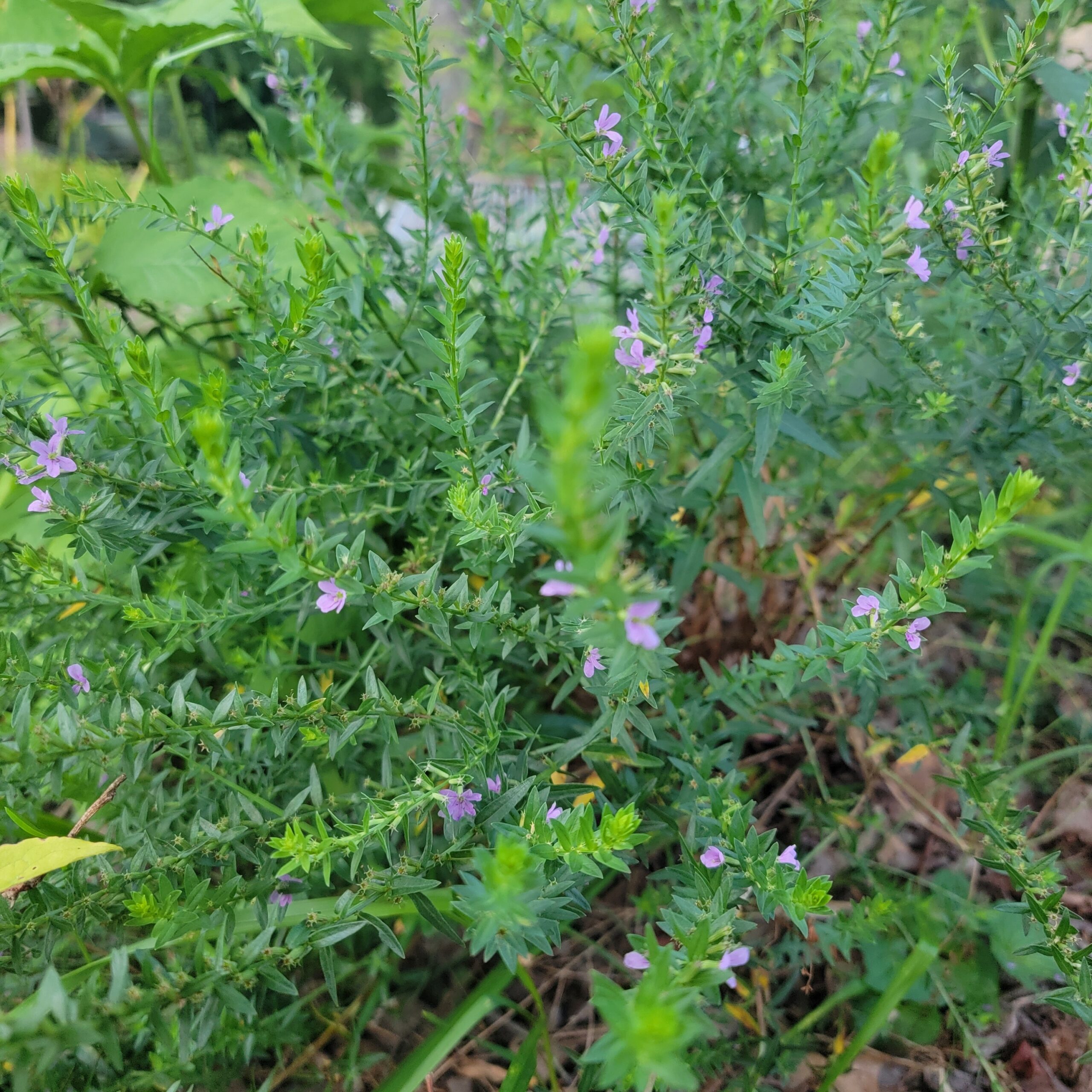
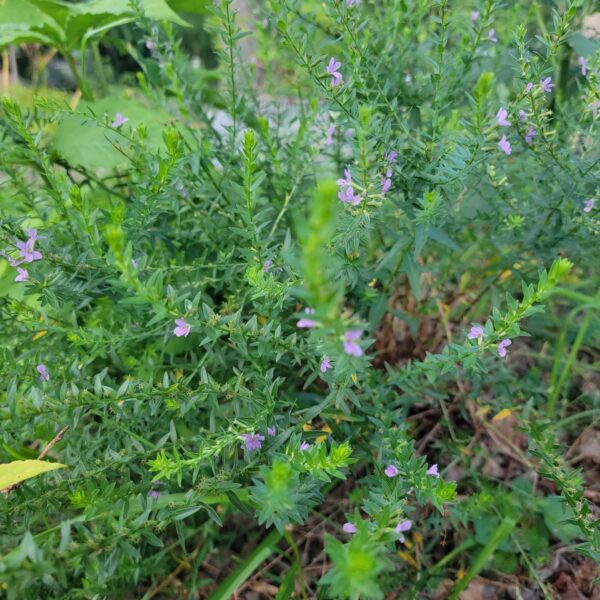
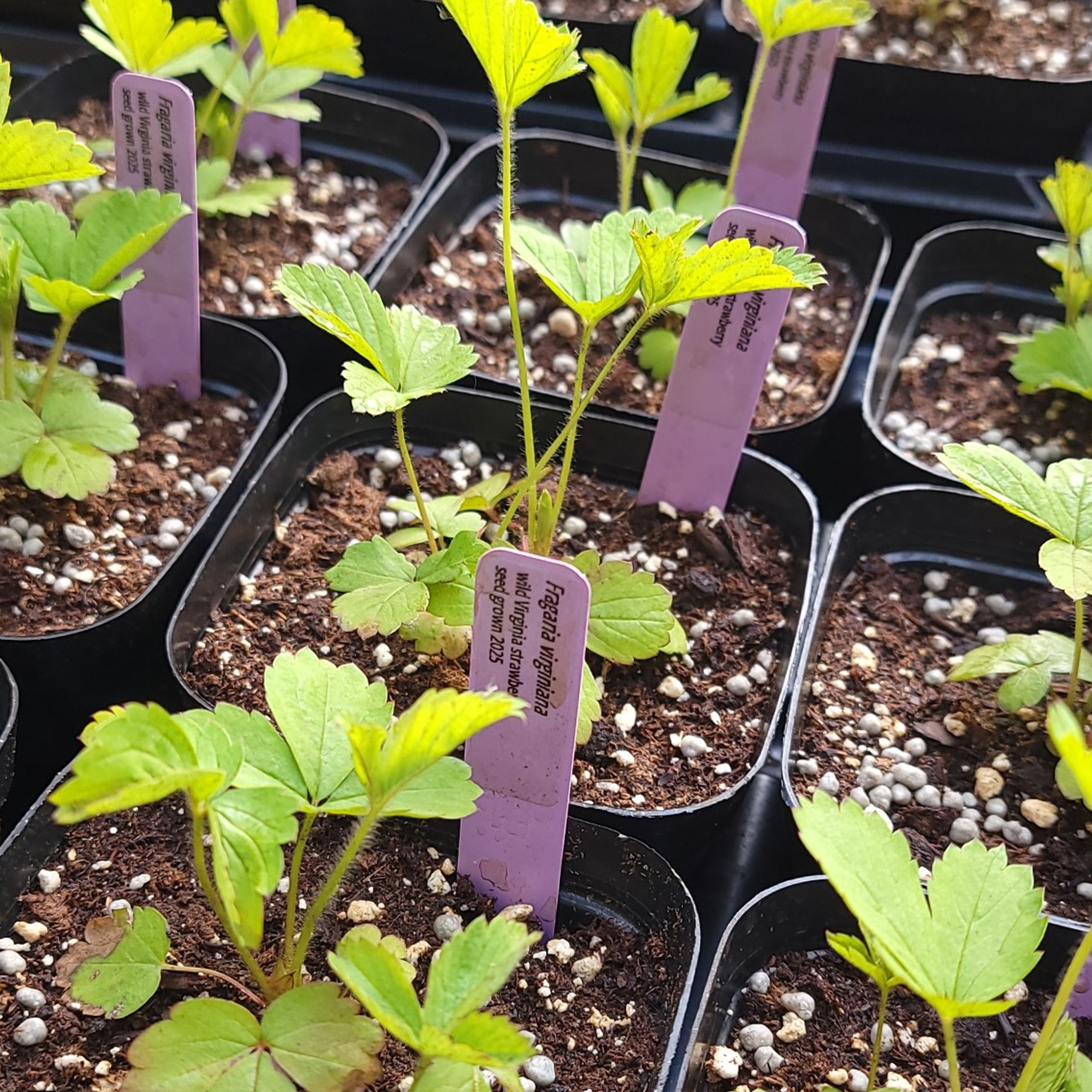


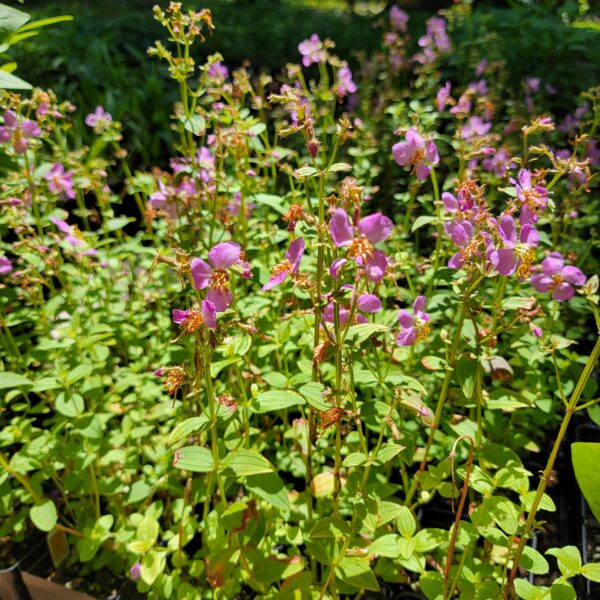
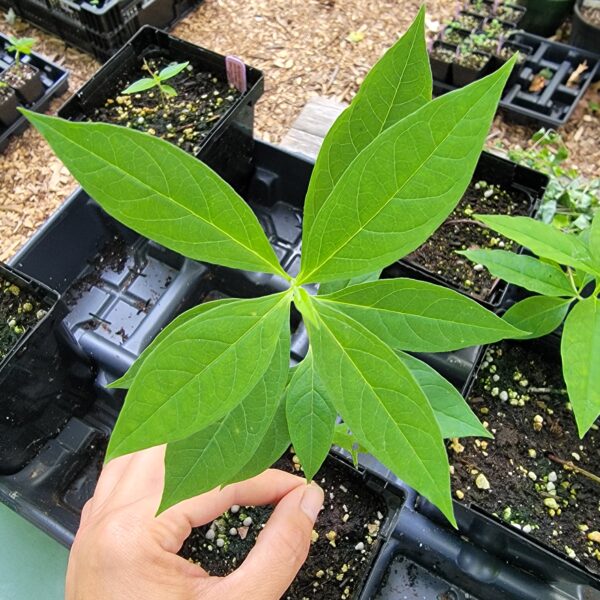



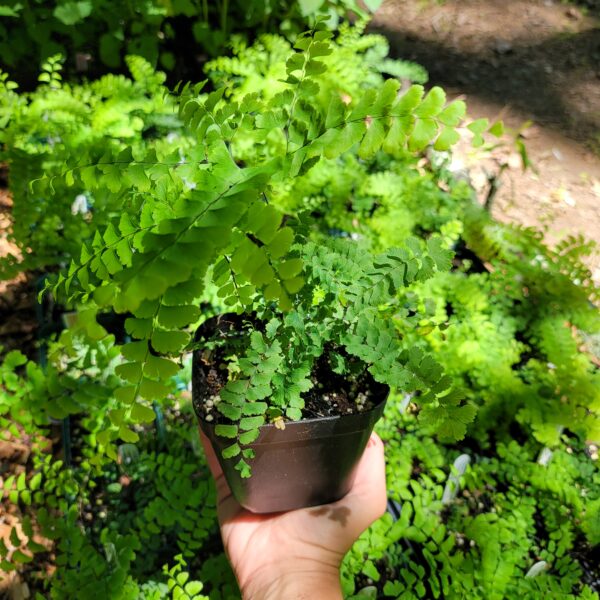


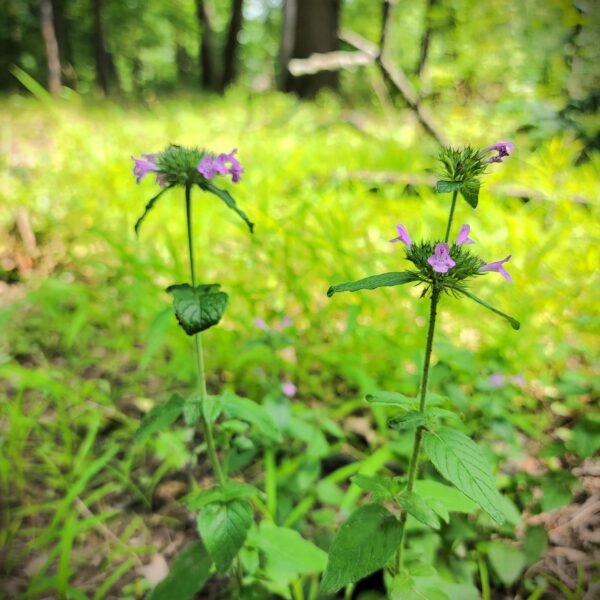
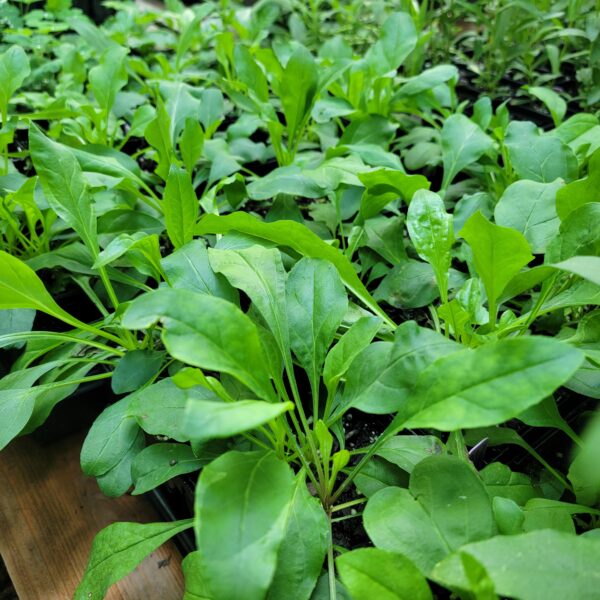
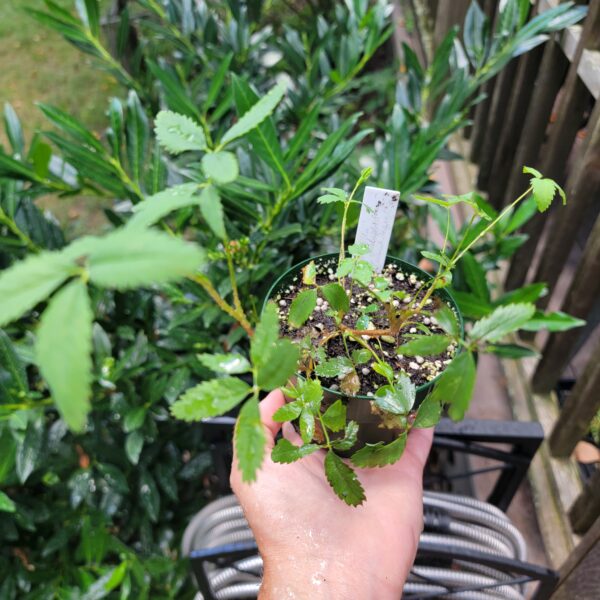


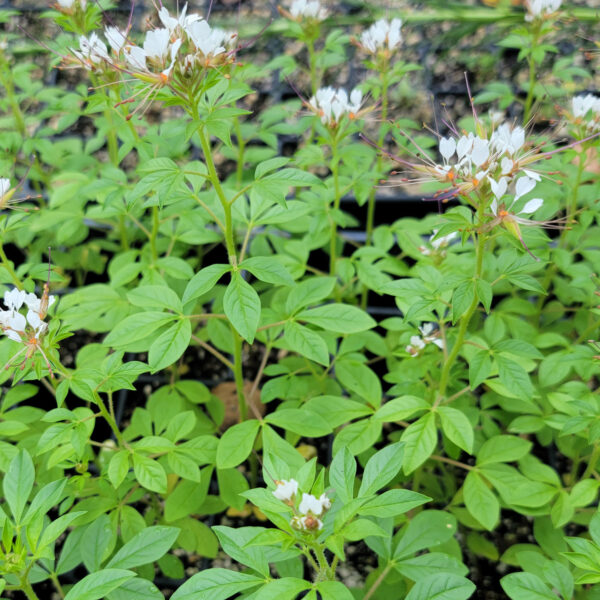
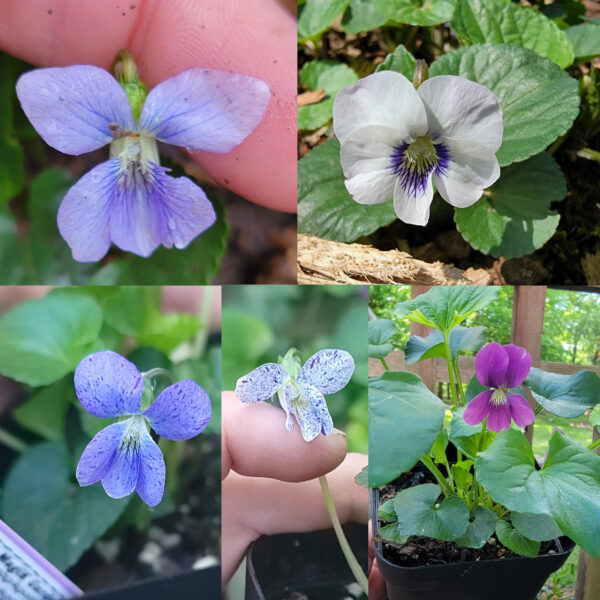

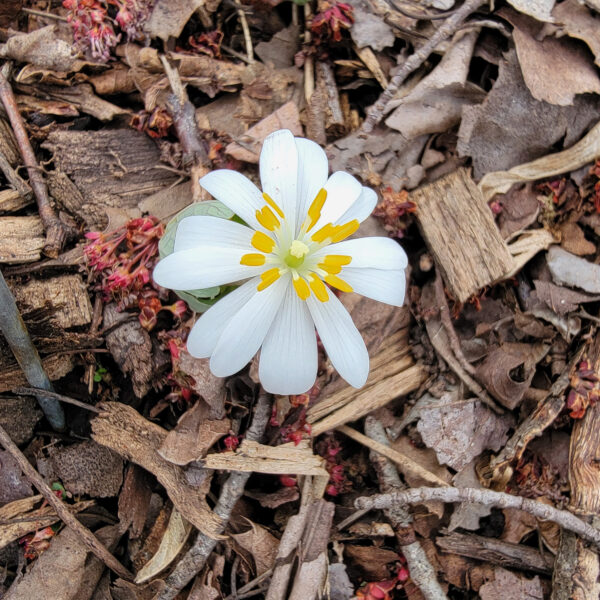
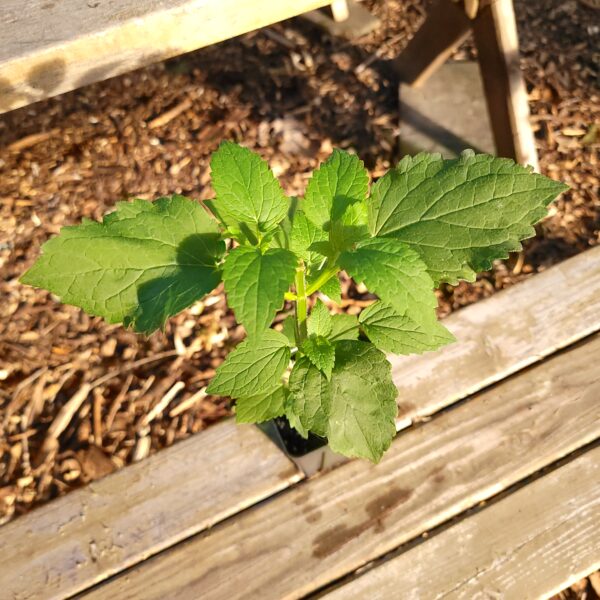
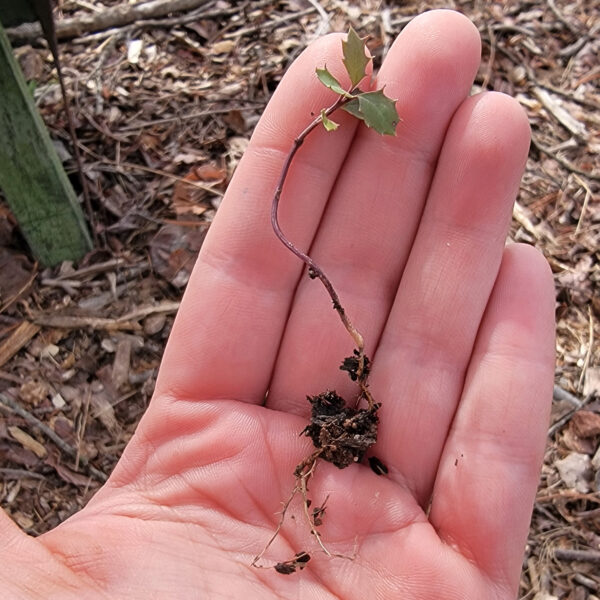
Reviews
There are no reviews yet.